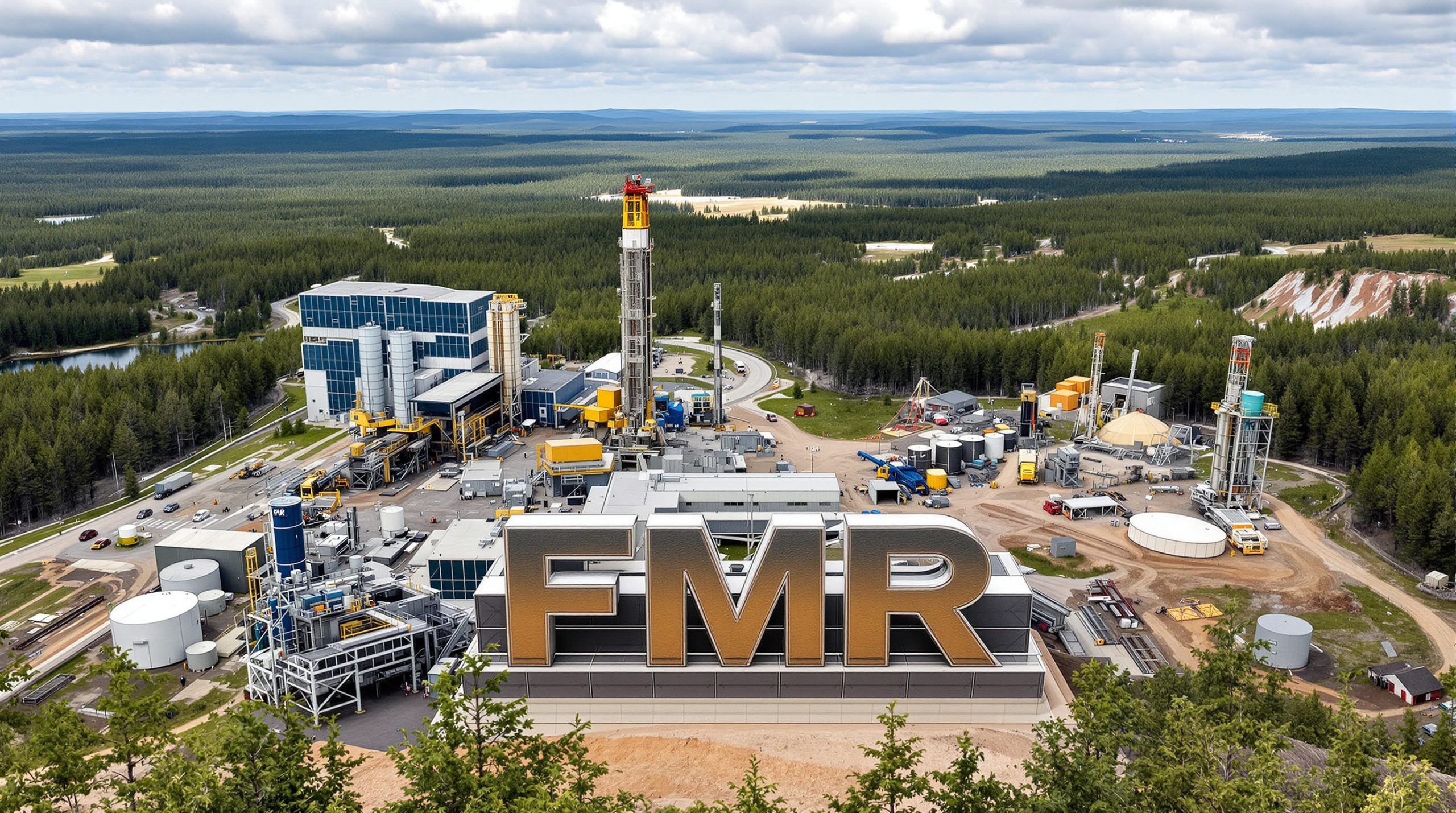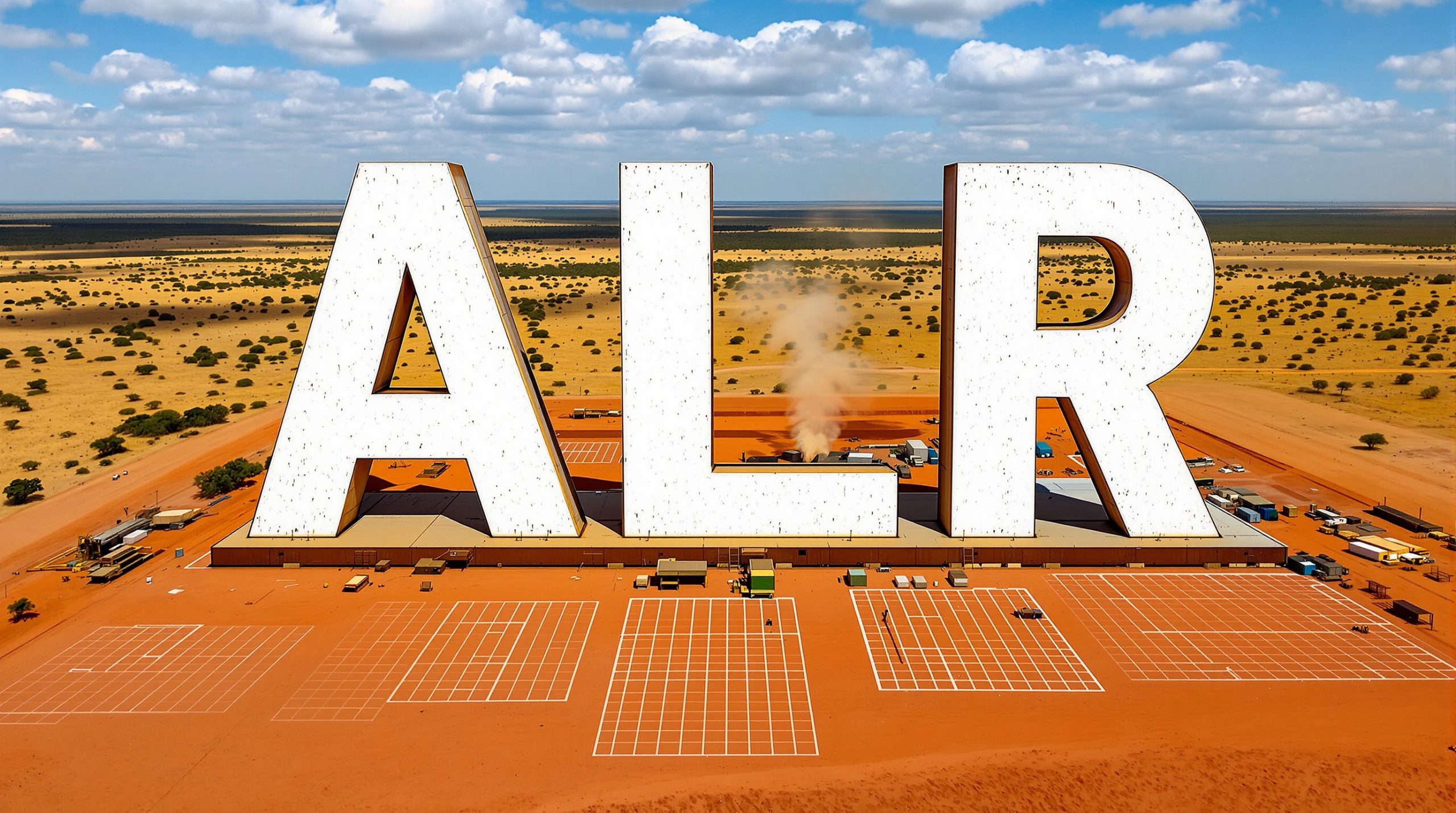Cangallo Copper Discovery Continues to Grow with Wide Intercepts in First Four Drill-Holes
AusQuest Limited has announced significant assay results from its second phase of drilling at the Cangallo Copper Project in southern Peru, with multiple wide copper intercepts expanding the size of the porphyry system both laterally and at depth.
Expanding the Copper Footprint with Impressive New Results
The first four holes of the planned 13-hole Stage 2 Reverse Circulation (RC) drilling program have delivered compelling copper intercepts, including:
- 324 metres @ 0.30% Cu, 0.07ppm Au from 36m (CANRC012), including 160 metres @ 0.45% Cu and 0.09 ppm Au
- 130 metres @ 0.23% Cu, 0.03ppm Au from 18m (CANRC009)
- 242 metres @ 0.16% Cu, 0.03ppm Au from 166m to EOH (CANRC009)
- 274 metres @ 0.19% Cu, 0.03ppm Au from 36m (CANRC010)
- 124 metres @ 0.16% Cu, 0.04ppm Au from 18m (CANRC011)
- 126 metres @ 0.23% Cu 0.03ppm Au from 226m (CANRC011)
What's particularly noteworthy is that many of the drill holes ended in mineralisation, suggesting the system extends beyond current drilling depths. Additionally, copper mineralisation has been consistently intersected from near-surface, highlighting potential for accessible ore bodies.
Vectoring Toward Higher-Grade Potential
An important technical insight from this drilling program is that all copper intersections were found within volcanic host rocks or narrow tonalite dykes, rather than the causative porphyry intrusion itself. This strongly suggests potential for increased copper grades when the actual porphyry centre is located.
"The presence of narrow tonalite dykes containing higher copper grades is encouraging, as it suggests that the causative porphyry – which we hope to find soon – will likely contain higher grades," said AusQuest's Managing Director, Graeme Drew.
Understanding Porphyry Copper Systems
Porphyry copper deposits represent some of the world's largest copper resources. These large-volume, low-grade deposits typically form from magmatic-hydrothermal systems associated with intrusive igneous bodies. The mineralisation often occurs in veins, stockworks, and disseminations within the intrusive body and adjacent host rocks.
What makes the Cangallo Copper Discovery at Ausquest Ltd particularly interesting is that drilling to date has only intersected the outer portions of what appears to be a substantial porphyry system. The higher-grade central porphyry intrusion often contains more concentrated mineralisation compared to the surrounding host rocks. Finding this central zone is typically a key milestone in developing an economically viable porphyry copper project.
Metallurgical Encouragement for Potential Development
Preliminary metallurgical test work on RC samples suggests that the copper oxides will generally be amenable to heap leaching, an economically attractive processing method for copper extraction. This early indication of favourable metallurgy adds another positive dimension to the project.
While more substantial testing is required, these initial results suggest a potentially straightforward processing route for at least the oxidised portions of the deposit.
Upcoming Catalysts and Future Work
The company has outlined several near-term catalysts that investors should monitor:
- Completion of Stage 2 drilling by the end of July 2025
- Assay results for the outstanding drill-holes expected by the end of August 2025
- Diamond drilling commencement in the second half of August to test depth extent
- Drill permits for an expanded Stage 3 RC program expected in the coming months
The diamond drilling program is particularly significant as it will help test the depth extent of copper mineralisation and potentially locate the causative porphyry intrusion.
Broader Exploration Potential
Surface sampling 1,200 meters south of the current drilling area has highlighted the potential scale of the Cangallo system and provided additional priority porphyry targets. This suggests the mineralised system could be substantially larger than what has been defined by drilling to date.
"We have tested only a small part of what appears to be a very significant accumulation of copper mineralisation along the coastal belt of southern Peru," according to Mr. Drew.
The company has also noted that the possibility of multiple porphyry centres cannot be ruled out, with strong indications of further porphyry mineralisation in the southern half of the prospect.
Why Investors Should Track AusQuest's Cangallo Project
The Cangallo project is emerging as a potentially significant copper discovery for several compelling reasons:
- Consistent near-surface mineralisation that could enable accessible mining
- Expanding footprint with each round of drilling
- Potential for higher grades when the causative porphyry is located
- Favourable preliminary metallurgy indicating amenability to heap leaching
- Strategic location close to infrastructure (25km east of Chala and within 10km of the coast)
- Multiple exploration vectors pointing toward an expanding mineralised system
- Potential for multiple porphyry centres within the broader property
With copper being a critical metal for the global energy transition and electrification trends, new copper discoveries of scale remain highly sought after by both investors and major mining companies.
"We are highly encouraged that copper continues to occur at shallow depths and is becoming more and more extensive the more we drill… we have only just started to scratch the surface of what appears to be a big copper discovery," said AusQuest's Managing Director.
Ready to Capitalise on This Emerging Copper Discovery?
Explore the full potential of AusQuest's promising Cangallo Copper Project and what it could mean for your investment portfolio. With consistent near-surface mineralisation, expanding footprint, and strategic location in copper-rich Peru, this discovery represents a compelling opportunity in the critical metals space. For comprehensive information about AusQuest's exploration progress and upcoming catalysts, visit www.ausquest.com.au today.




